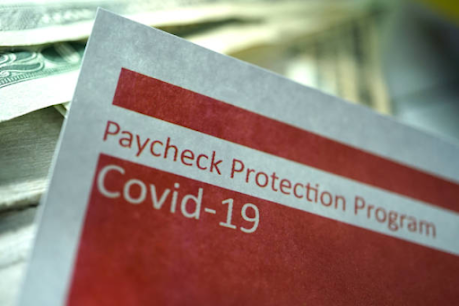Employee Retention Credit Business Guide to ERC Tax Credits
The Employee Retention Credit (ERC) is a tax credit refundable for companies that continue to pay their employees. Likewise, a company closed due to the COVID-19 pandemic or saw severe losses in gross receipts from March 13, 2020, to the following year, December 31, 2021, can also claim this credit. The ERC is equivalent to 50% of each employee's qualified wages paid throughout the eligibility period. The ERC tax service is a tax credit against various payroll taxes for the fiscal year 2020. Paid sick days or family leaves covered under the Families First Coronavirus Response Act and reimbursed by the employer will not be included in compensation.
Eligibility Criteria
To qualify for the ERC, your business must meet one of two criteria:
The business had to partially or fully suspend its operations due to COVID-19 or government orders during any quarter in 2020 or 2021.
The company's gross receipts dropped significantly during any quarter in 2020 or 2021.
Claiming the ERC
Qualified employers can claim the ERC on their initially filed or amended employment tax return for a duration within the applicable time limit. The Employee Retention Credit for small firms is extended through December 2021 by the American Rescue Plan. It permits firms to deduct up to $7,000 per employee every quarter from their current payroll tax liabilities. If qualified, each employee may receive a credit of up to $28,000 for 2021. The maximum benefit could go up to $28,000 for the entire year.
Are there any changes to the Employee Retention Credit for 2023?
Yes, there are changes to the Employee Retention Credit (ERC) for 2023. Employers can still claim ERC credit in 2023. It allows employers to take advantage of this valuable tax credit. For 2021 and 2022, businesses can claim the maximum ERC per employee is $7,000 annually. However, for 2023, businesses can receive up to $50,000 per quarter in ERC. Compared to the previous limit of $7,000 per employee per year.
Please note that the ERC has eligibility criteria and guidelines that must be followed. The Internal Revenue Service (IRS) has issued ERC guidance for employers claiming the ERC under the Coronavirus Aid, Relief, and Economic Security Act (CARES Act), modified by the Taxpayer Certainty and Disaster Tax Relief Act of 2020 (Relief Act).
The IRS has also issued a renewed warning. It urges people to carefully review the ERC guidelines before claiming credit. Businesses should consult a tax professional or accountant to ensure eligibility and properly claim the credit.
How to Claim the ERC
To claim the ERC, businesses must file Form 941, Employer's Quarterly Federal Tax Return. Businesses can claim the credit on their Form 941 for each calendar quarter in which they are eligible. If a business has already filed its Form 941 for a quarter before claiming the ERC, it can file an amended Form 941-X for that quarter.
Conclusion
The Employee Retention Credit is a valuable tax credit that can help businesses impacted by COVID-19. Eligible businesses can claim up to $7,000 per employee per quarter and up to $28,000 per employee for the full year. To claim the credit, businesses must file Form 941 and meet certain eligibility criteria. Businesses must consult an ERC tax service professional or accountant for ERC guidance to ensure eligibility and properly claim the credit.




Comments
Post a Comment